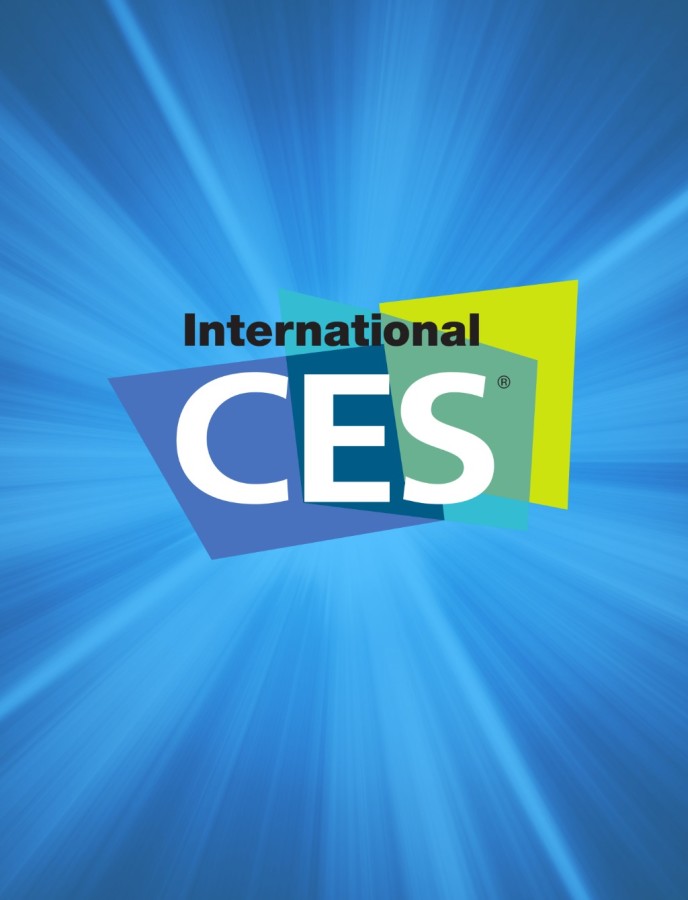Substance Tops Style At CES’ Global Technology Marketplace
January 12, 2015
By Tracey Lien
LAS VEGAS — Sandy Liang mans a little booth at the Westgate Hotel convention hall in Las Vegas. Dressed sharply in a navy suit, he sits around trying to look busy. He plays with his smartphone. He twiddles a pen. He flicks through the leaflets he hands out all day, extolling the benefits of the products he’s pushing, which happen to be power packs for mobile devices. Like other vendors in this sleepy pavilion, he looks mostly bored.
Other convention halls at the annual consumer electronics show, known as CES, draw the hot media attention: Virtual reality. Self-driving cars. Bluetooth speakers that levitate on a column of air.
You won’t find the cool stuff here. This is the Global Technology Marketplace, the near-invisible wholesale neighborhood at CES, where buy-in-bulk shoppers and would-be product distributors prowl the hall for batteries, Bluetooth adapters, electrolytic and ceramic capacitors, every sort of electrical cable, even moldings for e-cigarette fabrication.
This is Liang’s fifth CES. He’s here this year representing Bonorda. The Shenzhen, China, company’s booth is decorative by Westgate hall standards. Liang beams as he lists the design decisions behind Bonorda’s posters (“The image of a woman running outdoors lets buyers know the product can be used outdoors!”). Nearby booths — there are 800 in total — don’t bother with posters. Instead, they cover their walls with product samples such as USB cords and cellphone chargers. It’s a hall of substance over style.
The main goal here for Bonorda and other companies is to lure distribution partners to sell their products in the U.S. Liang is a Chinese native who speaks English as a second language. He says he isn’t confident with his English, but he knows enough to close a deal, which is why he’s here.
“CES is the biggest electronic show in the world, so if we want to develop market here in the U.S. and other regions, we must attend this show,” Liang says. “If a brand does not come to CES, it cannot build awareness in the world. You have to come here to build brand awareness.”
Liang has had disappointing shows in the past. Nevertheless, companies spend big bucks to get to CES because there’s a sense they can’t afford not to be there.
In Bonorda’s case, the company spent $10,000 on a 200-square-foot booth. It flew three staff members to the show at a cost of $2,000 each. Additional expenses included hotels, meals and setting up the booth. It can cost as much as $20,000 for a foreign company to have a modest presence at CES.
There are cheaper booths in Westgate. A space the size of a carnival kissing booth costs $3,300. For those wanting a bit more space, a booth slightly bigger than Bonorda’s runs $20,000.
Bigger doesn’t always mean better, though. It comes back to this being the hall of substance over style, says Julia Son, marketing manager of the Hong Kong Trade Development Council, which helped bring 30 companies to CES this year. She’s staffing a spot the size of two carnival kissing booths squished together.
“I like to think that this hall is really for people looking to make business,” she says. “I think the bigger halls where you see the Samsungs and the LGs — that’s more of a marketing push, they’re looking to court the press … whereas this hall is for companies that are looking to buy.”
Buyers and exhibitors who walk the halls of Westgate are looking for the best deal, Son says. They’ll flock to the company with the most competitive pricing or with the product specifications they’re looking for — fancy booths be damned.
Few deals — if any — will be signed during the four days of CES. But exhibitors come to make contacts and plant the seeds for future deals. Being at CES, even in its backyard, is about being relevant, and this is something Liang and his fellow vendors are all too aware of.
Liang says the first day of this year’s show was quiet. Not many potential buyers walked through the halls of Westgate. But he was hopeful things would pick up. His goal was to get 200 business cards from potential buyers by the end of the show. If only 5 percent become new Bonorda distributors, CES 2015 will have been a success for the company. And if Bonorda doesn’t get those customers?
“Well,” Liang says, cracking a smile. “We’ll see.”
©2015 Los Angeles Times
Visit the Los Angeles Times at www.latimes.com
Distributed by Tribune Content Agency, LLC








